Daphne and Simon’s sweet love story pulled us into Bridgerton without a question, but it was Lady Whistledown’s spicy gossip column that kept us tuned in. Fans were thrilled when the second season of the period drama was announced, along with new cast members.
While the Queen was hunting for her new “season’s diamond,” the viewers were looking for a character to fill the “Hot Duke–shaped hole” in their hearts.
Even though the void left by Simon Basset’s absence was hard to fill, we found a fiercely feminist and inspiring figure in Kate Sharma, originally named Kate Sheffield in the novel.
Julia Quinn’s second Bridgerton novel possibly has the author’s most beloved heroine, and readers all around the world were keen to see her come to life onscreen, especially the South Asian fanbase. With the latest season, Kate Sharma, the new protagonist portrayed by Simone Ashley, was set to deconstruct the stereotype of the meek Indian woman without a voice.
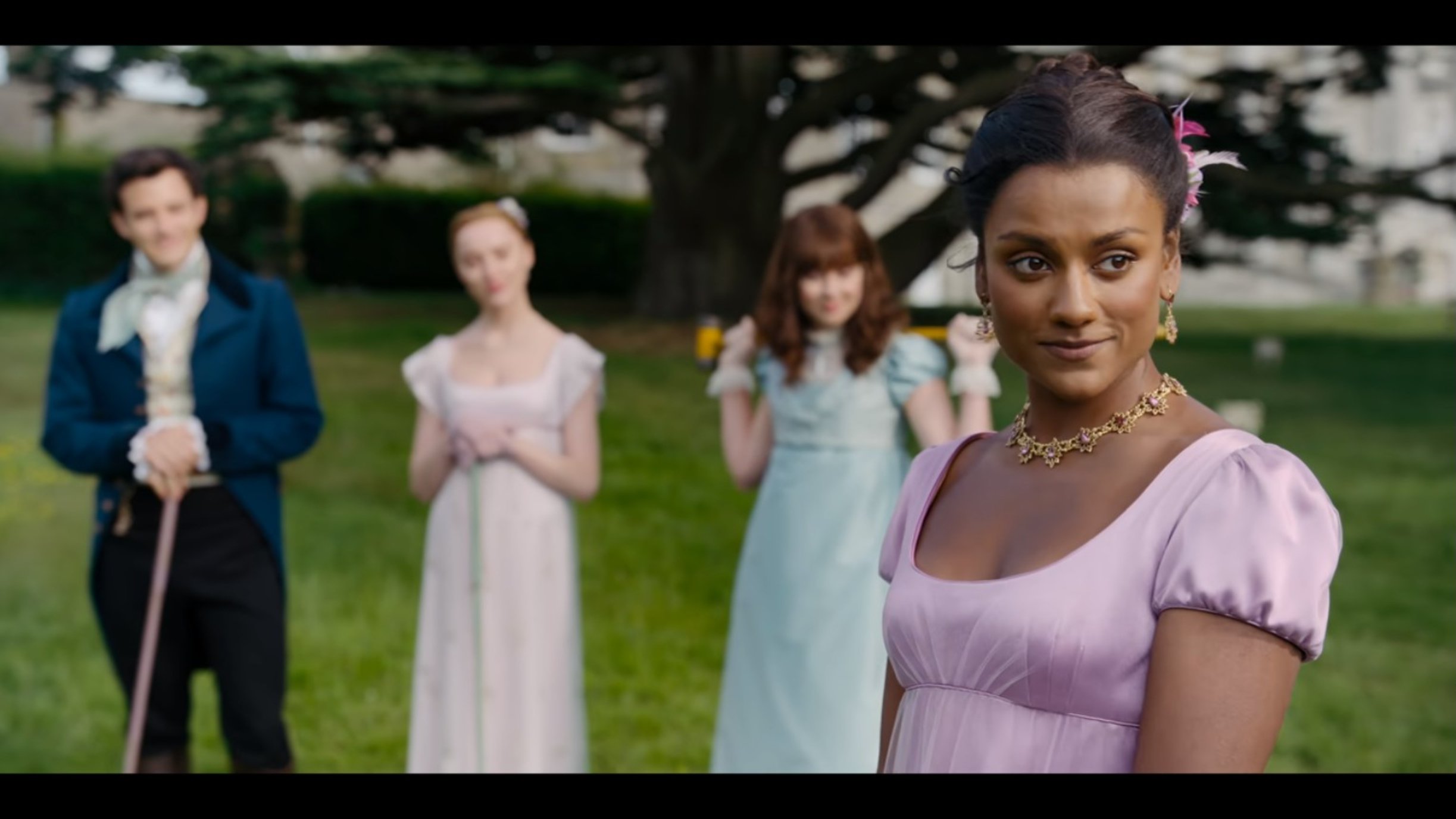
Kate soon became our favourite character for her outspoken demeanour over the course of eight episodes. But we were already in awe of Kate from the very first time we laid eyes on her in the most badass introductory scene.
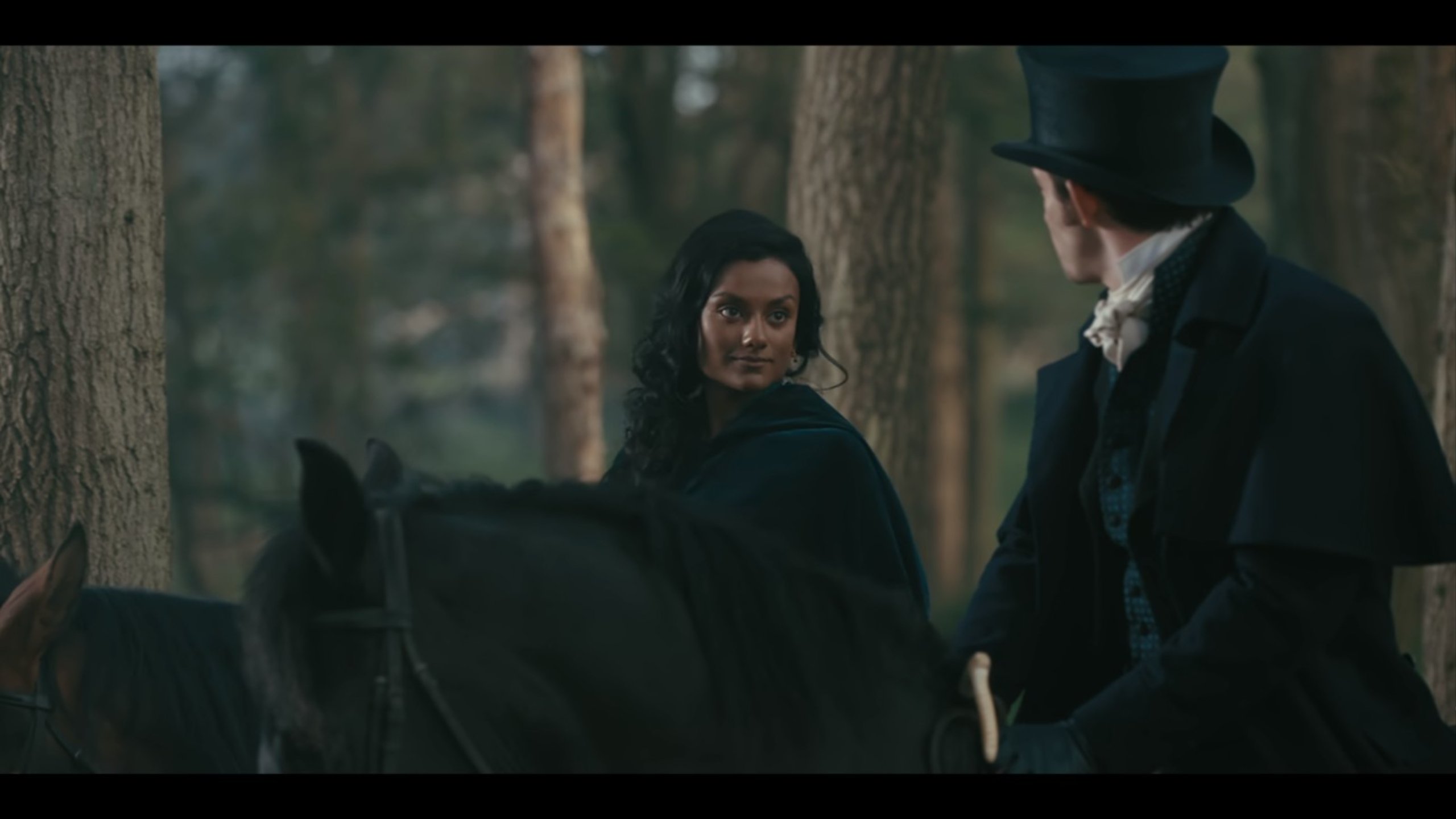
To begin with, Ashley’s casting as the lead was hailed as a big step forward in terms of South Asian representation in the entertainment industry. Meanwhile, in contrast to the books, the Sharma family—which includes Kate Sharma, her sister Edwina (played by Charithra Chandran), and her mother, Lady Mary (played by Shelley Conn)—brought a dimension of culture to the Bridgerton world.
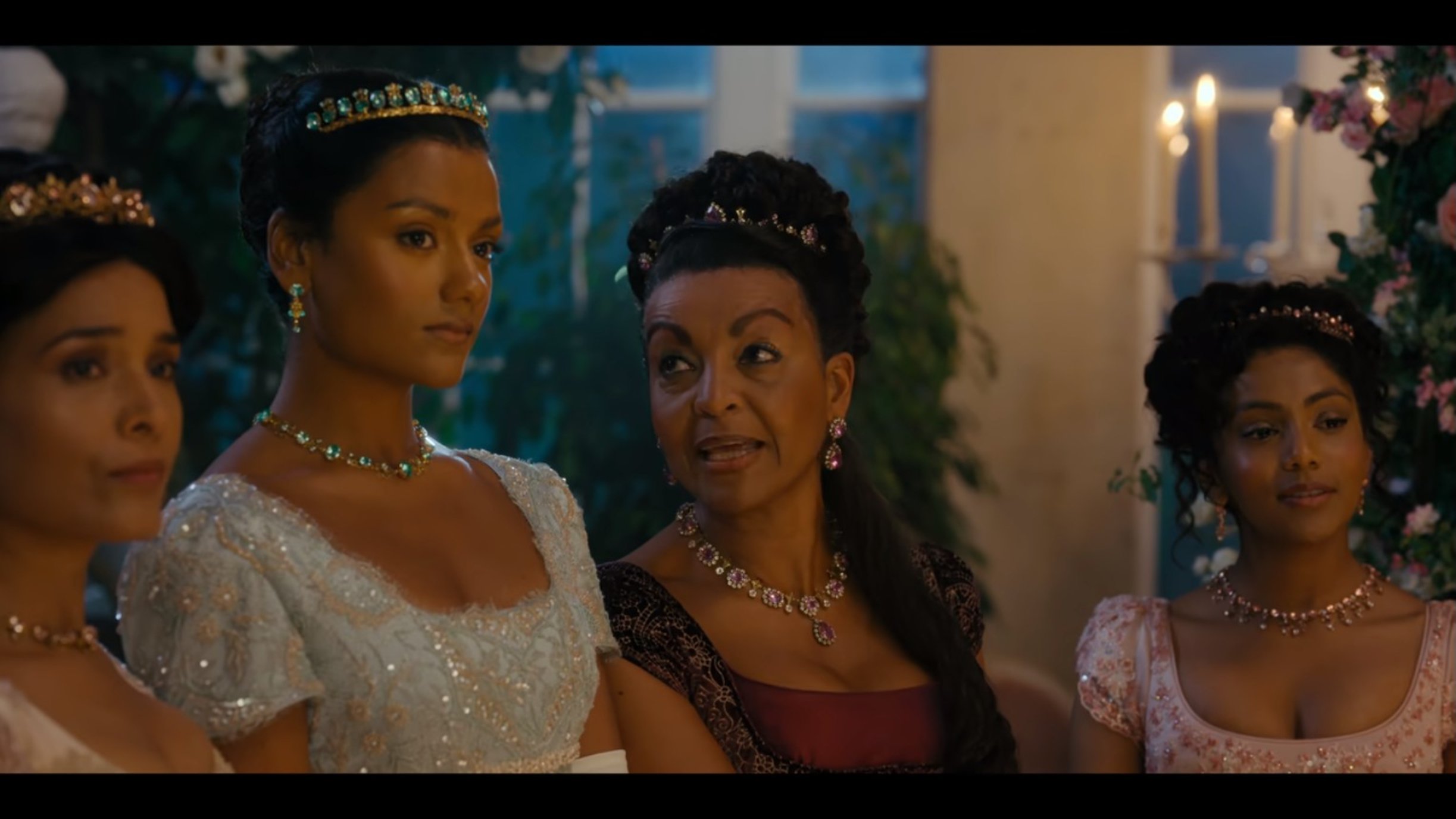
However, the series missed the mark in relation to cultural portrayal, and I cringed every time I heard “Sharma”. Don’t get me started on the other terms that have been just thrown around. But it’s fair to argue that they did a lot better job of portraying a feminist woman of Indian descent than Bollywood ever did.
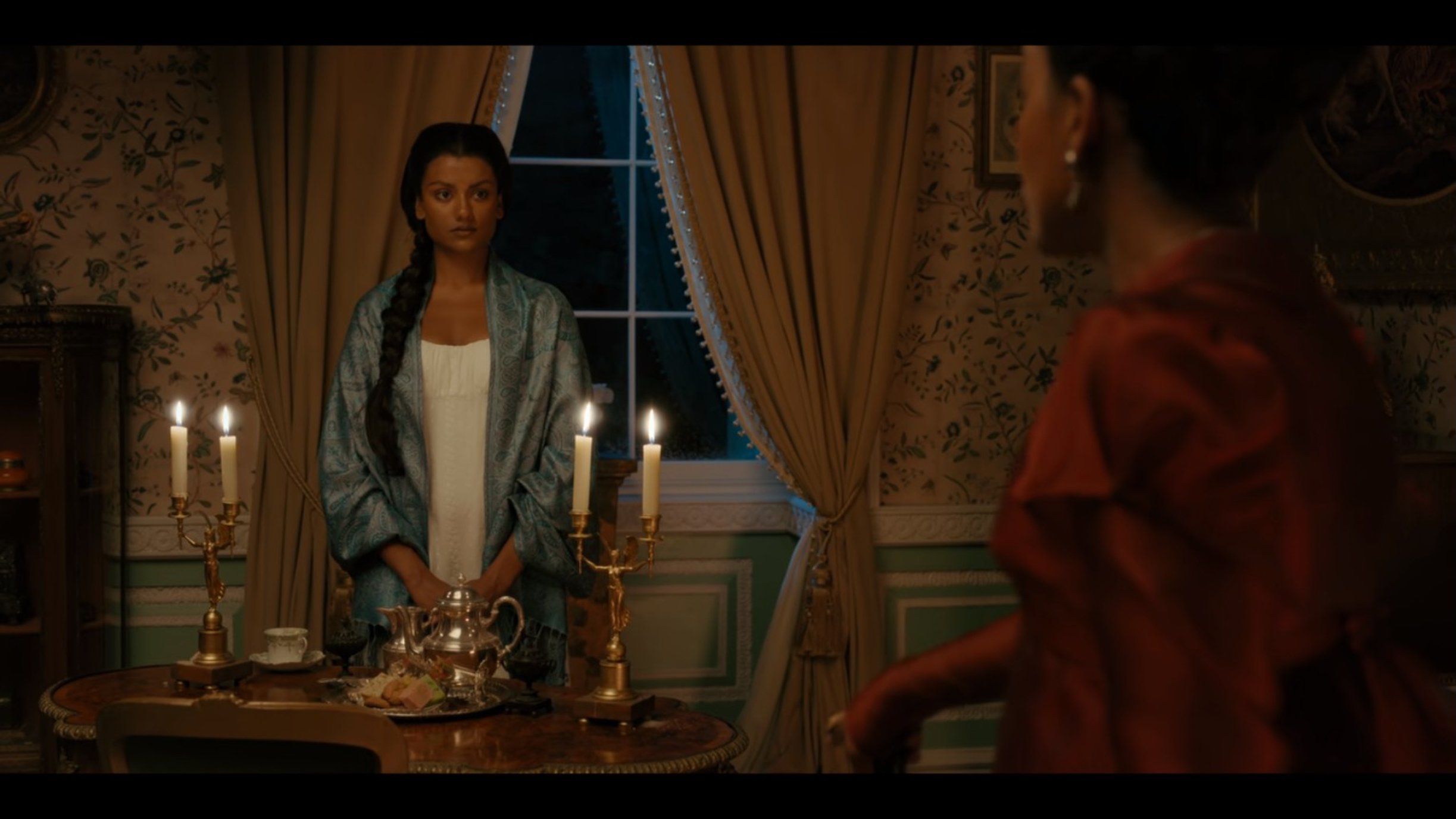
Before we get into the character arc, it’s worth noting that while the Hindi cinema industry is still hesitant to cast a dark-skinned actress in the main role, Kate and Edwina were a celebration of “brown women.”
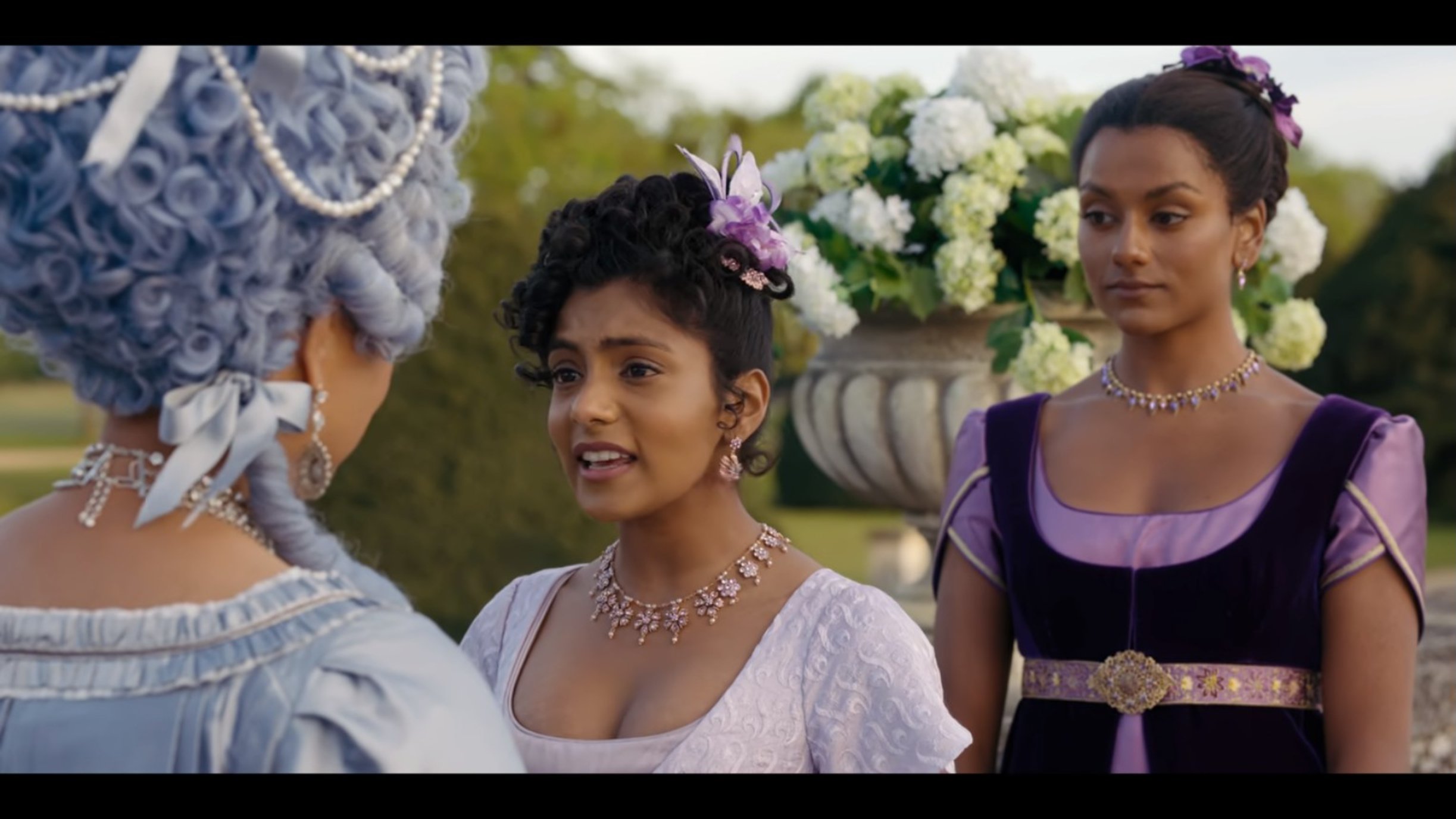
The Regency era drama, set in 1814, has already established itself as a series that never shies away from giving women agency, and the protagonist this season took it a step further.
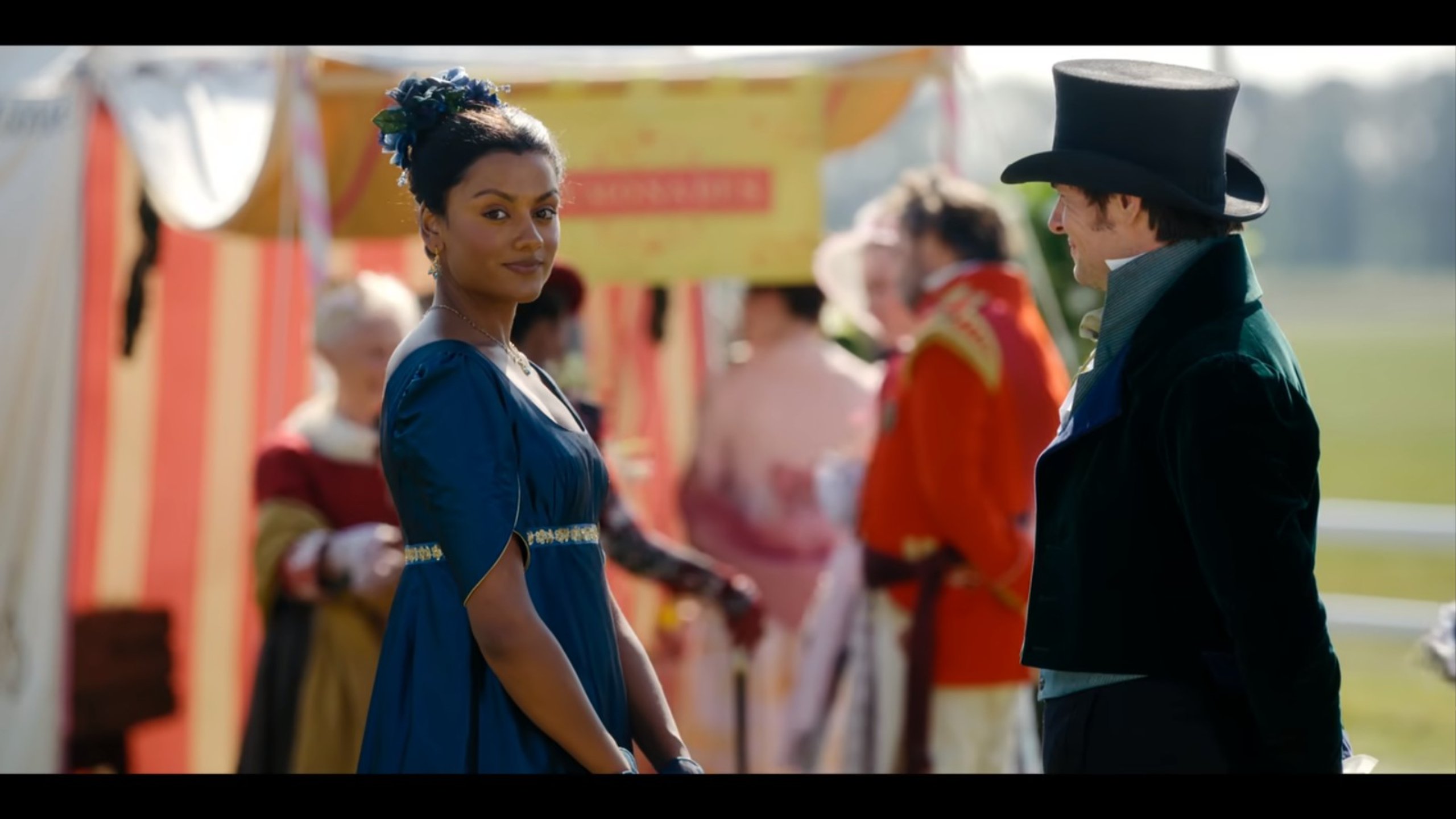
Despite the fact that the Sharma sisters, Kate and Edwina, have totally opposite personalities, the show portrays them as loyal supporters of one another. On the other hand, Bollywood continues to fail spectacularly in escaping some overused patterns. For instance, as pitting women against each other, especially the “sanskari” and “rebel” tropes.
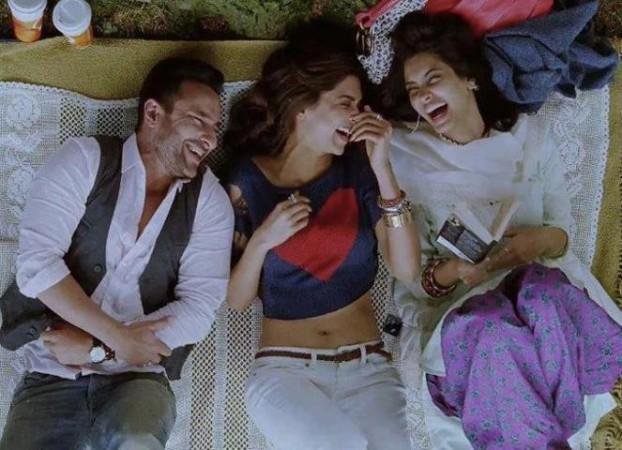
Women were encouraged to marry young in the time period where season 2 is set. In fact, Lady Danbury, too, claims that Kate Sharma, at the age of 26, would be considered “an old maid.” But Kate prioritises her responsibilities as an older sister and daughter and brushes aside such remarks.
Not only for herself, but also for her sister, she acts as a shield against any criticism directed at her. Even if it comes from Lady Danbury or the Viscount.
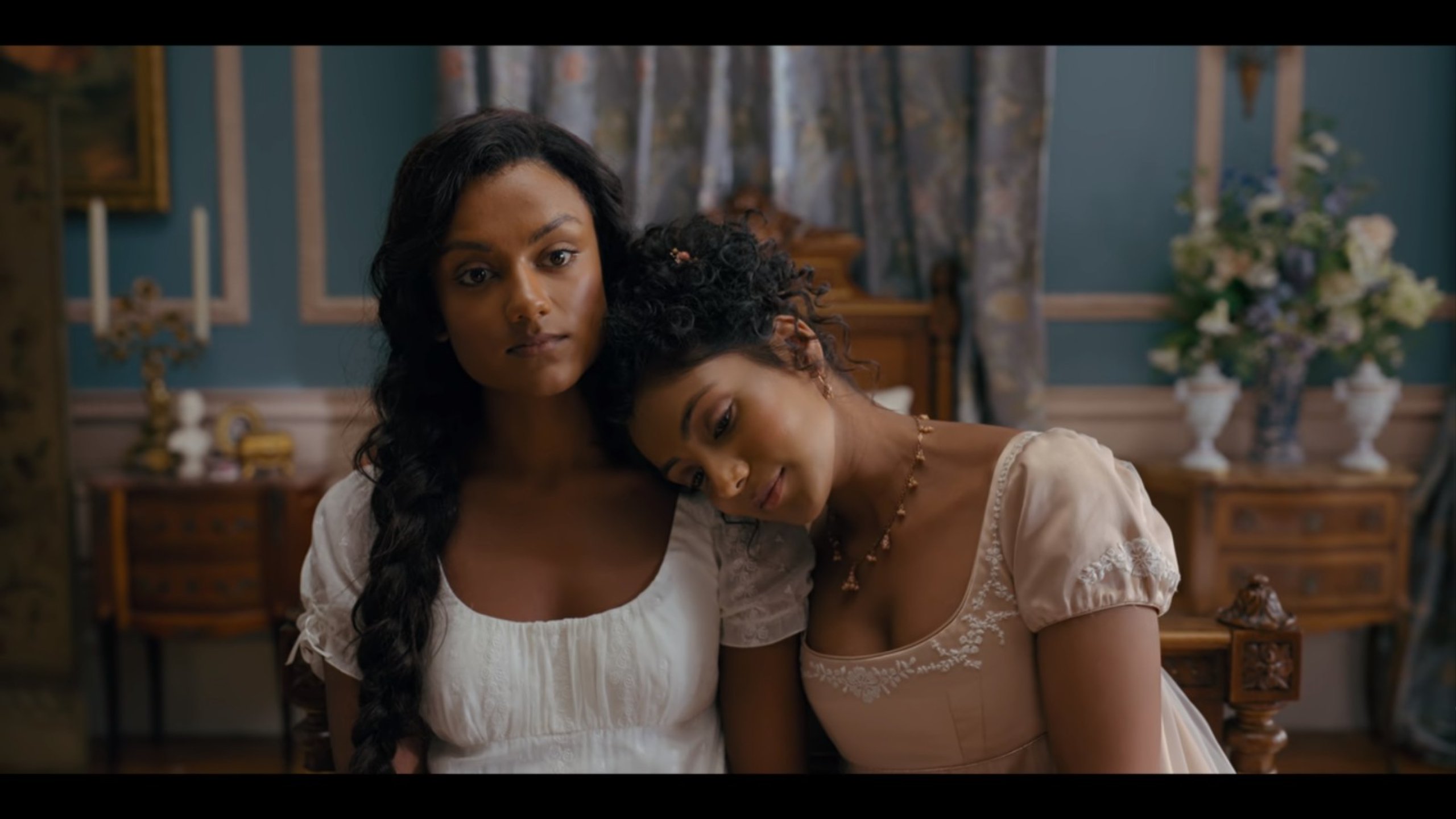
We couldn’t cheer any louder for her when she confronts Anthony Bridgeton on his views on women. She continues to school him for stating his “wifely expectations” without even considering what he brings to the table. We are instantly drawn to Miss Sharma’s fierceness, much like Anthony, who can’t help but be drawn to her because she challenges him every step of the way.
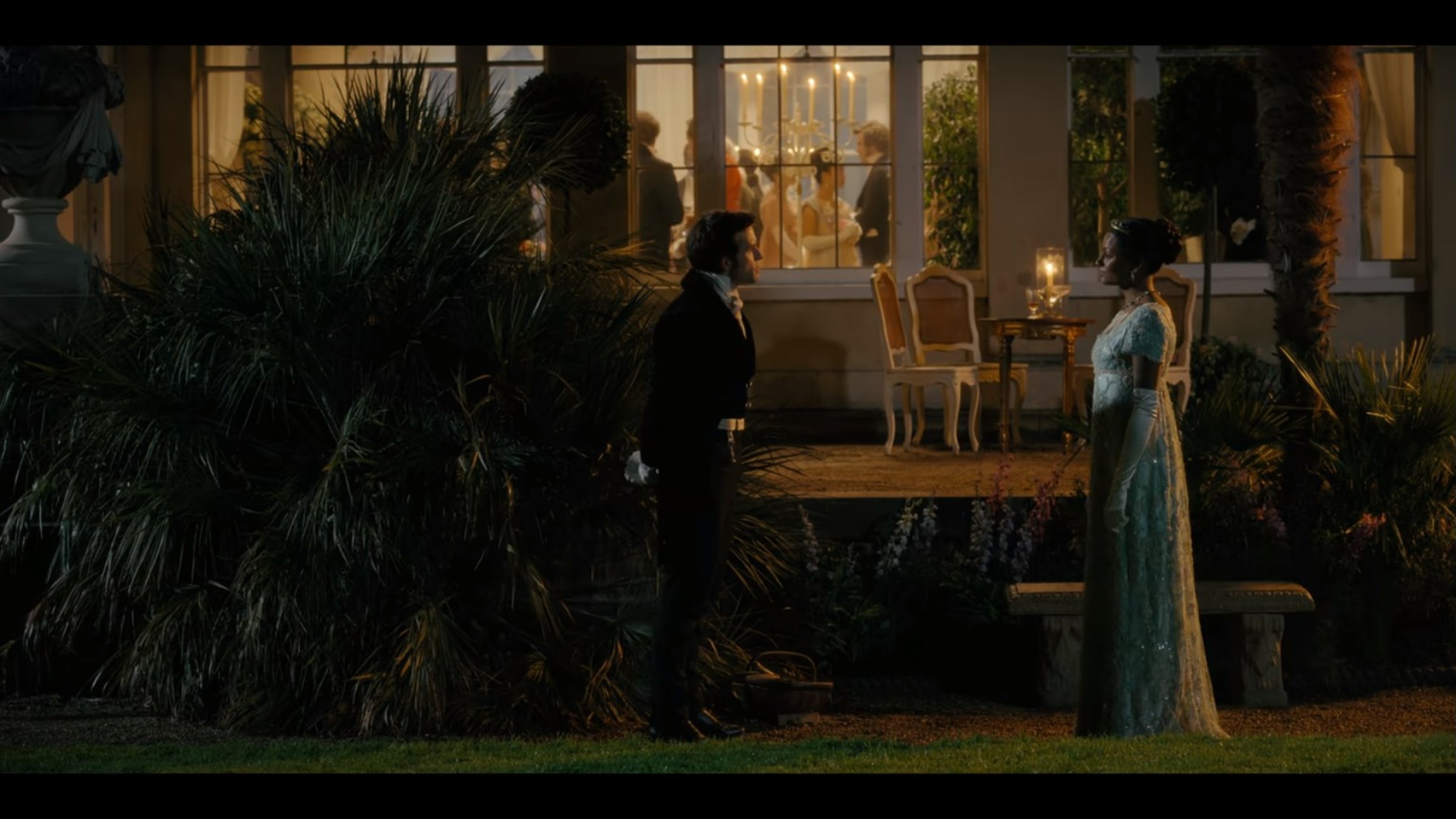
Kate’s feisty demeanour, competitive intensity, and disagreeable temperament separate her from typical film and television tropes. It’s not that we haven’t seen similar women in rom-coms or dramas before, but her consistent character development in the direction of becoming firmer in her will is uncommon.
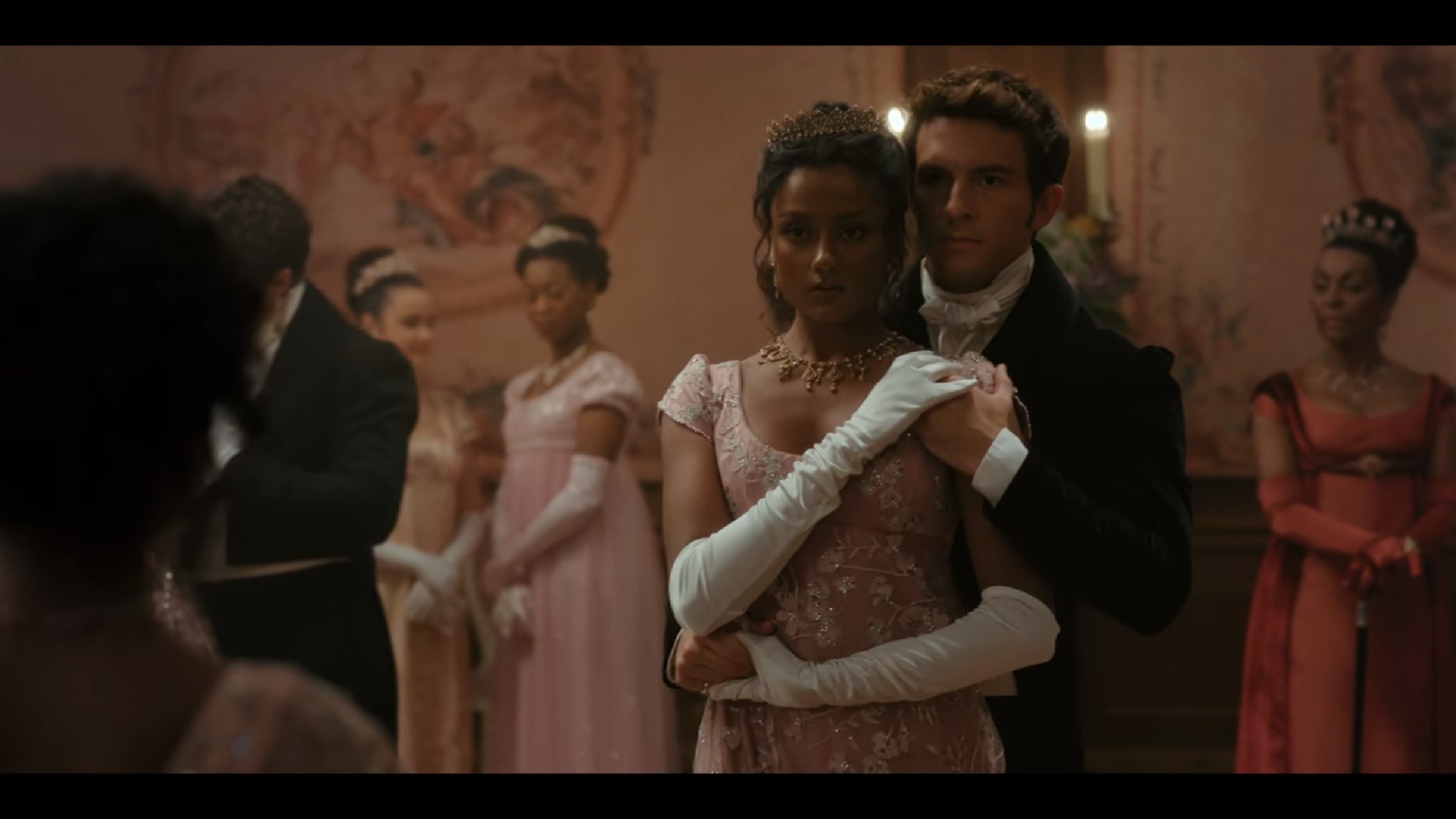
In a sequence, Kate volunteers to go hunting with the men at Aubrey Hall, once again slamming traditional gender roles in their faces. She shows how she is a Regency-era feminist who is not afraid to speak her mind or express her desires in front of a man. She does not cower as she grows to love the Viscount; her feelings for Anthony do not enable him to get away with his actions.
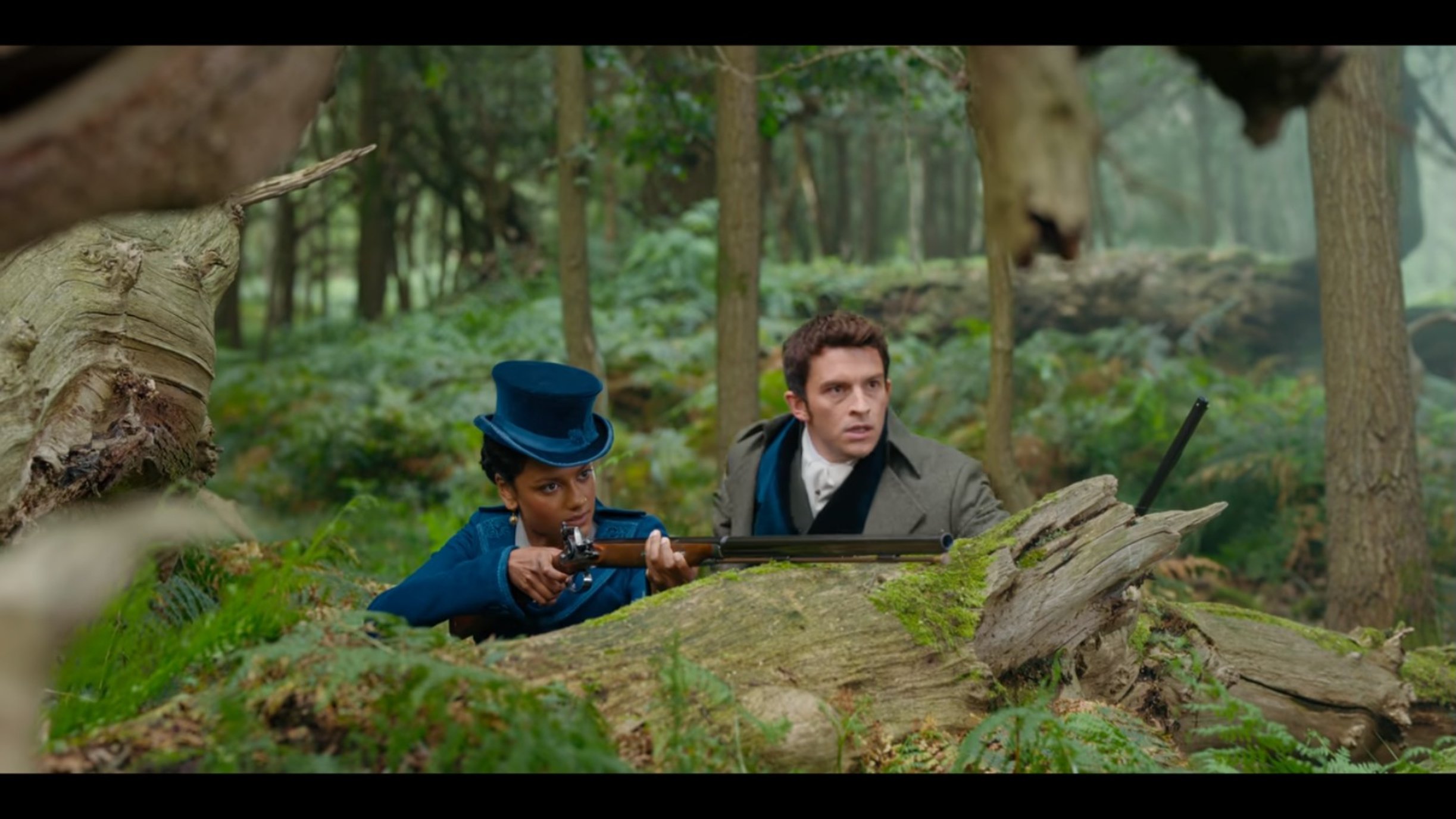
We often see feisty female characters toned down to please a man.
Kate, on the contrary, continues to challenge Anthony both in the game of Pall Mall and with her radical thoughts.
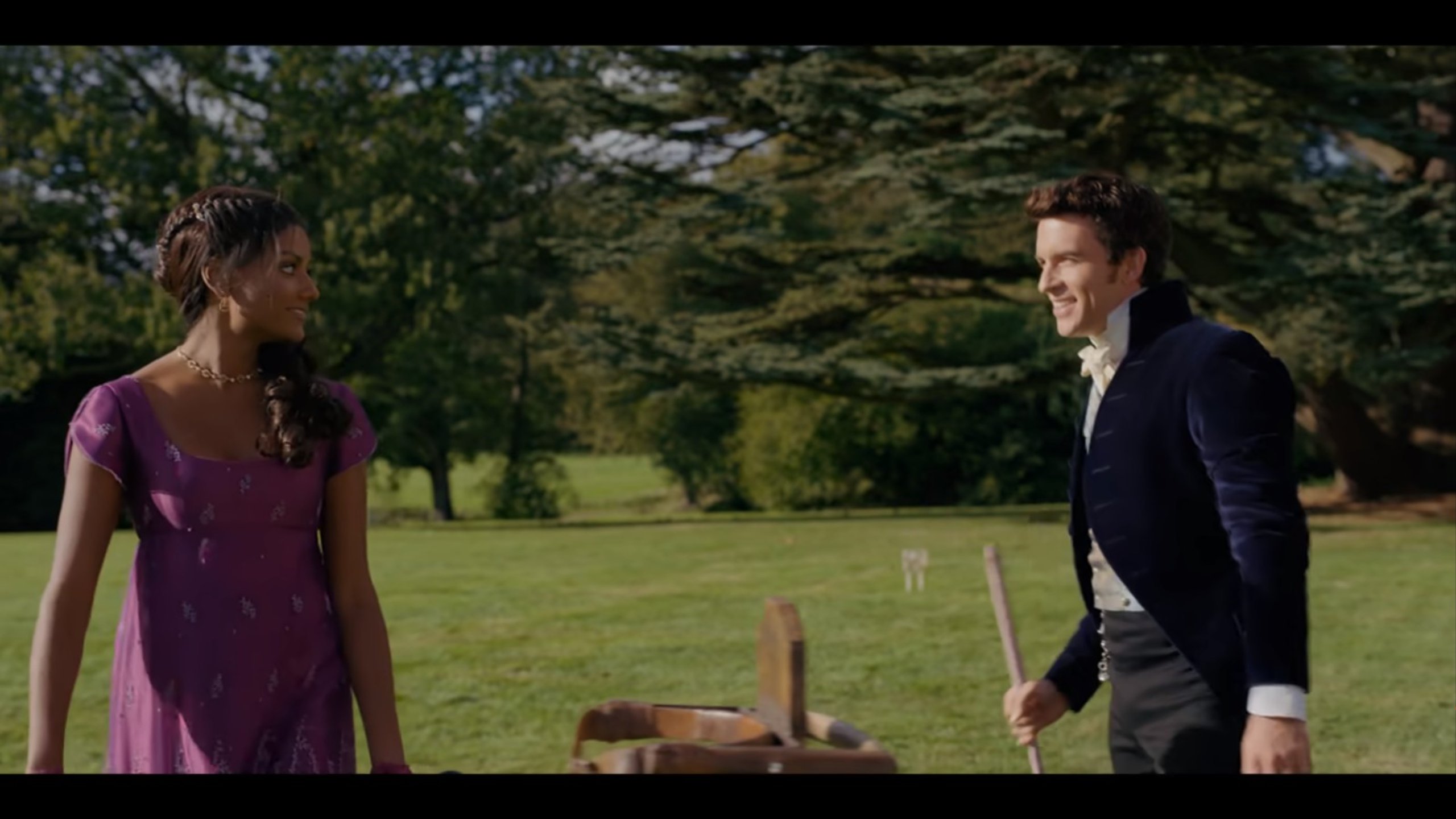
Dear gentle reader, isn’t it a rare sight in Hindi cinema that we still yearn to see?

















